Text
Things to do in Yamaguchi Prefecture・in English
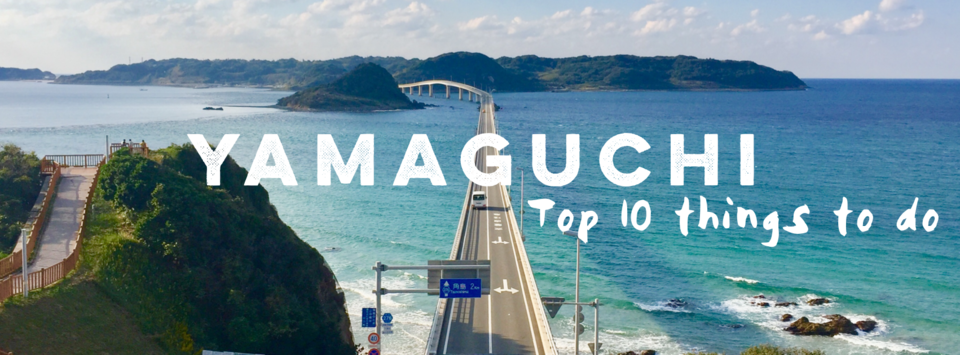
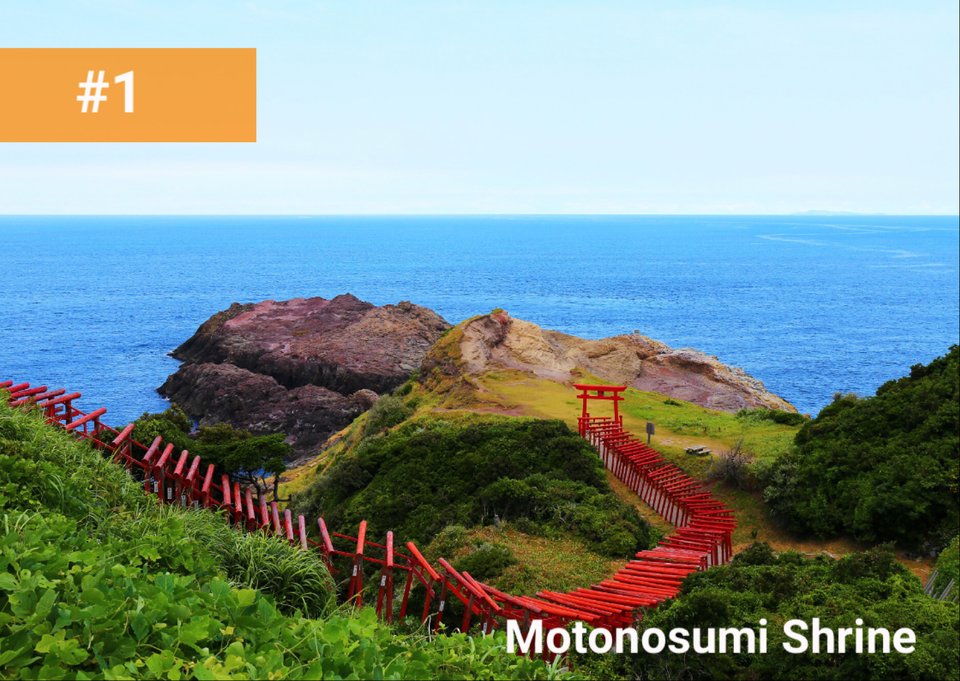
123 red tori gates stretch across the mountain for this unique sea side shrine. A spectacular view ranking in CNN’s list of 31 most beautiful places to visit in Japan, it surely will not disappoint. However, what sets apart this shrine from any ordinary shrine in Japan is that the offertory box is located on top of the tori gate, meaning it is roughly 20 ft above the ground, so you have to throw your coin upwards and hope that it lands inside. Its definiTely a fun challenge I hope you will all do.
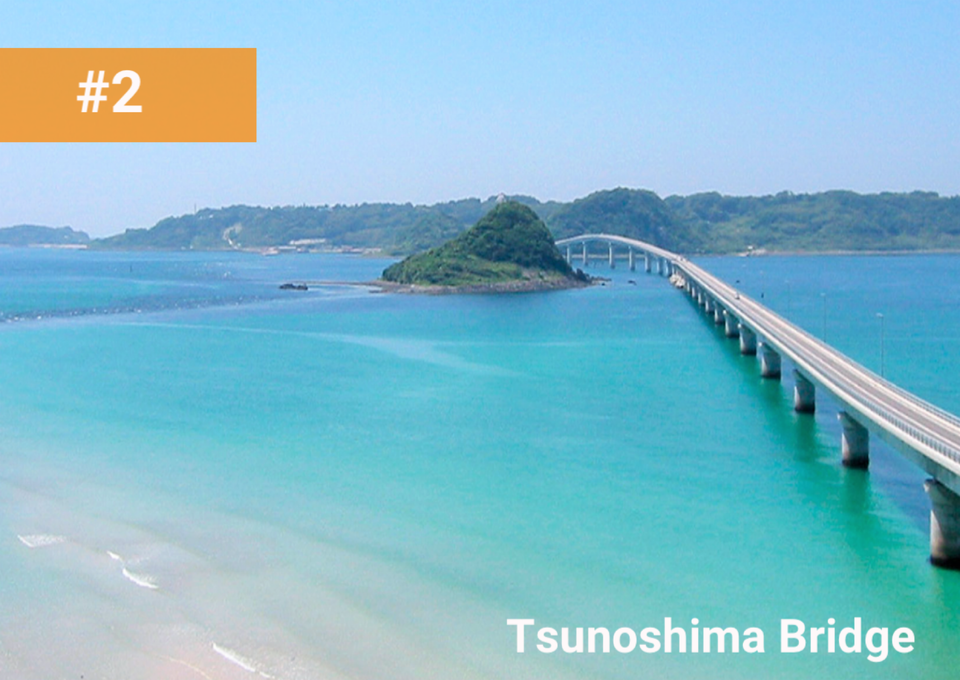
The cobalt blue ocean and the glittering white sand is already a view worthy of a visit, but what makes this one special is the perfectly designed bridge that stretches across the connects Tsunoshima with the mainland. Chosen as Japans most scenic bridge, the Tsunoshima Bridge has a simple yet elegant design captivating the views of the visitors. A drive across this bridge is surely to make you feel like you’re driving across the ocean. Once on the island, you can enjoy the panoramic view of the ocean from the lighthouse, making this a popular destination in the summer.
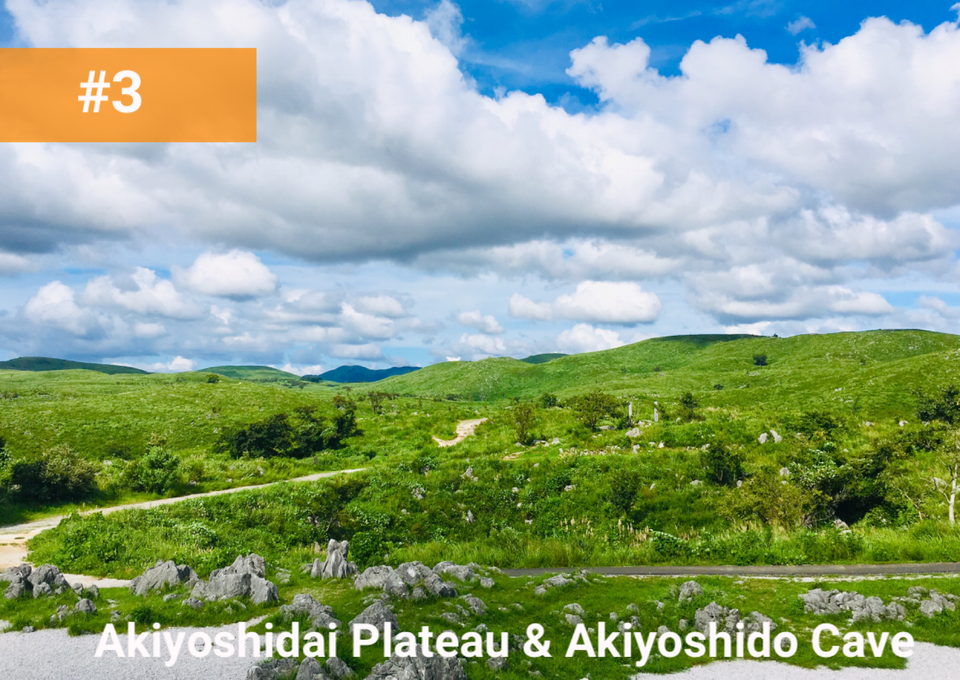
Japans largest limestone cave is sure to give you the chills as you walk in. Unimaginable from the small opening at the entrance; the cave is massive with intricate limestone formations and an underground waterfall. Above the cave is a karst plateau rarely seen in Japan, was a coral reef around 300 million years ago. The scenery is enjoyed by many as a popular cycling and hiking course. However, if you’re not up for the exercise, you can also see this view through your car window as the main road winds through the highland.
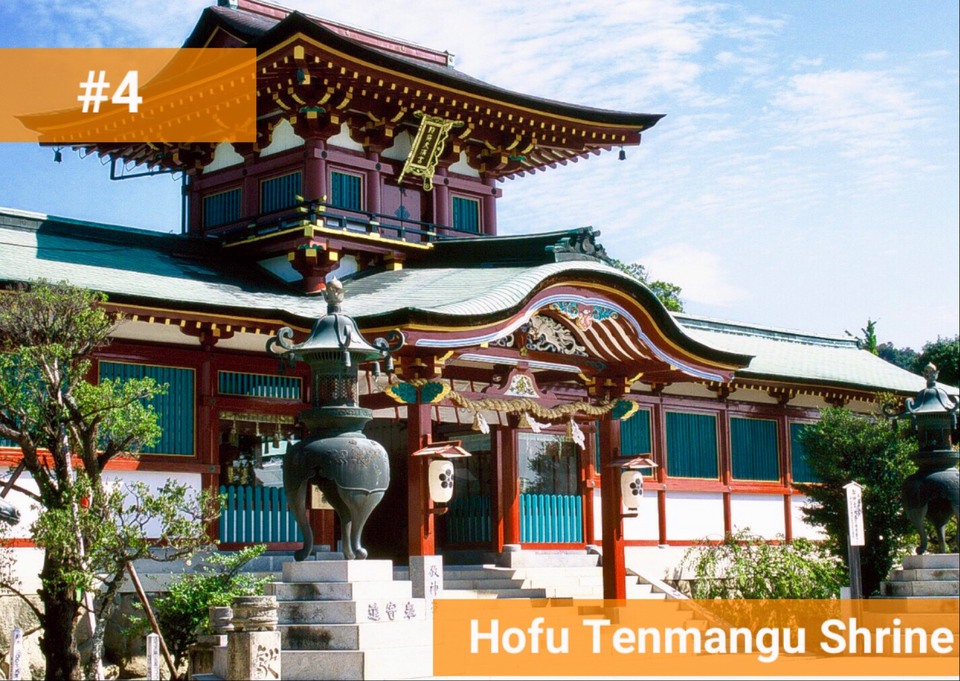
Hofu Tenmangu is the first Tenjin shrine out of the 12,000 in Japan. The turquoise roof and vermillion pillars show itself after a long stairway. What makes this shrine unique is that there is a tea house to stop by at on the way up the stairs. At this tea house you can enjoy a traditional Japanese garden and help yourself to traditional matcha and sweets while to take a rest.
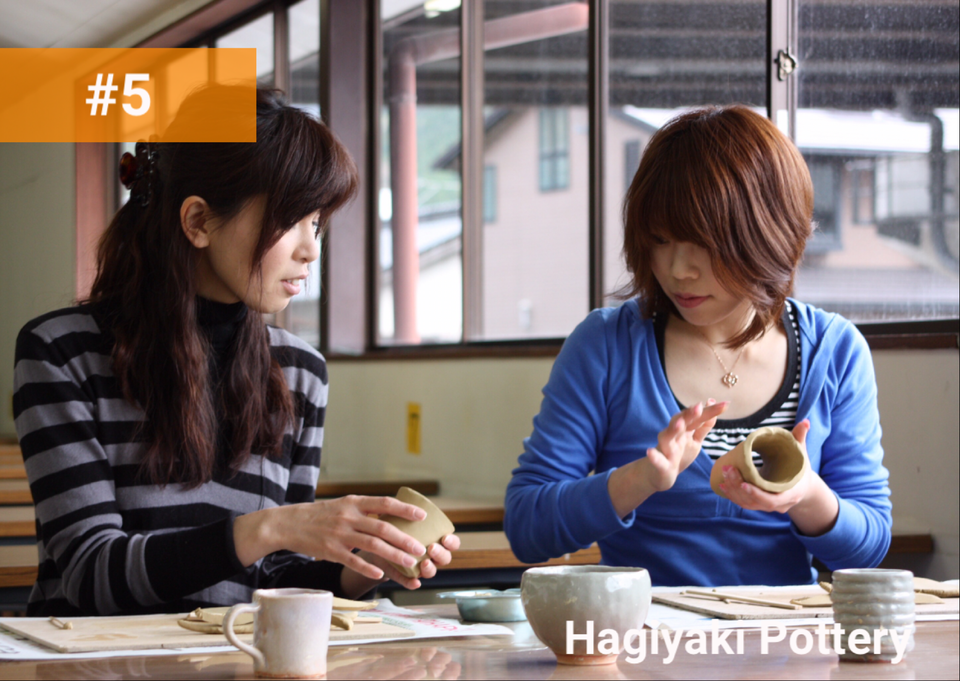
Walking along the streets of Hagi, you are bound to see the many ceramic shops that sell Hagiyaki pottery. This particular type of pottery has been passed down for generations and has a history of 400 years. The simple yet earthy textures found in these pieces are loved by tea ceremony masters as it resembles its philosophy of quiet simplicity. There are hagiyaki pottery workshops all over Hagi so it’s a great way to try out this traditional method and bring a souvenir home. While in Hagi, pay a visit to the Hagi Uragami Museum known for its collection of ukiyo-e woodblock prints. They feature works by Japans most prominent ukiyo-e artist Hokusai among others.
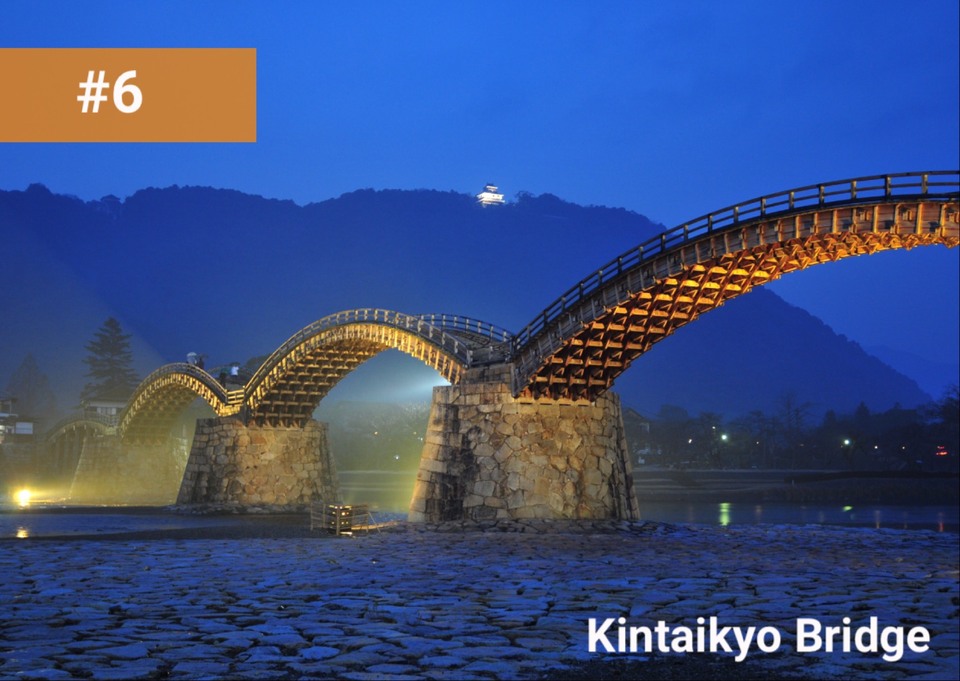
Declared a National Treasure in 1922, Kintaikyo Bridge is a 5 arch wooden piece of history that was first built in 1673. Known for its beautiful arches, it has been featured in art pieces by one of Japans most renowned artists, Hokusai. After crossing the bridge, you’ll find yourself trying to choose an ice scream flavor out of the over 170 flavors to choose from. From ayu-fish flavor plain old vanilla, the choice is yours!
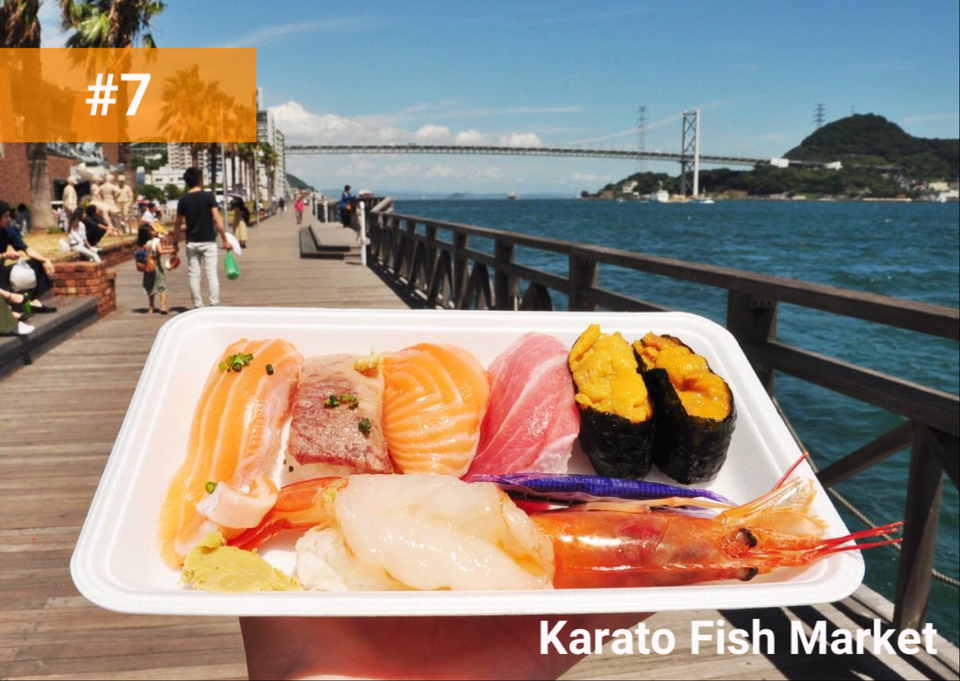
Karato fish market is filled with people on weekends and holidays as the shops are open for business to sell sushi. A unique experience where you choose your favorite sushi and have it packed in a bento box for you to eat outside with a view of the ocean and the Kanmon Bridge that connects Yamaguchi with Fukuoka. Besides the bridge, there is another unique way to get you from Yamaguchi to Fukuoka. And that’s by foot! There is an underwater pedestrian tunnel for people to walk across the ocean.
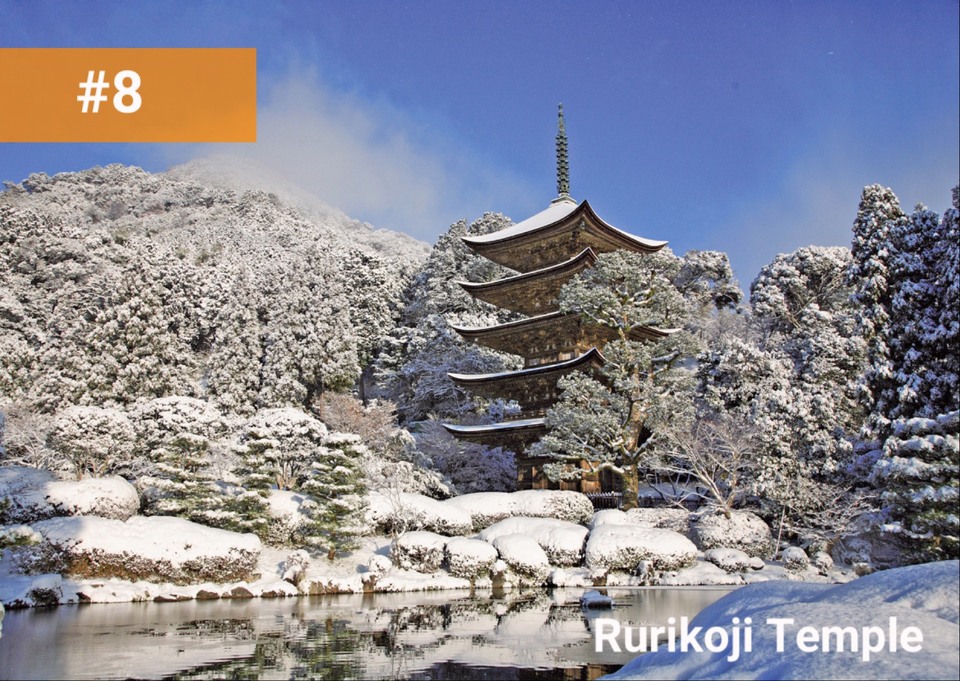
Designated as a national treasure, this five storied pagoda built in 1442, is regarded as one of the three most beautiful pagodas in Japan. You can enjoy the pagoda all four seasons as the cherry blossoms bloom in spring, the maple leaves turn red in autumn, the lush greenery in summer, and the snowfall in the winter. Saikotei Pavilion located nearby was a favored restaurant by politicians, writers and artists during the Meiji Era. Today, you can tour and see the calligraphy from all 8 prime ministers that came from Yamaguchi as well as rent a kimono and take photos as you stroll the area.
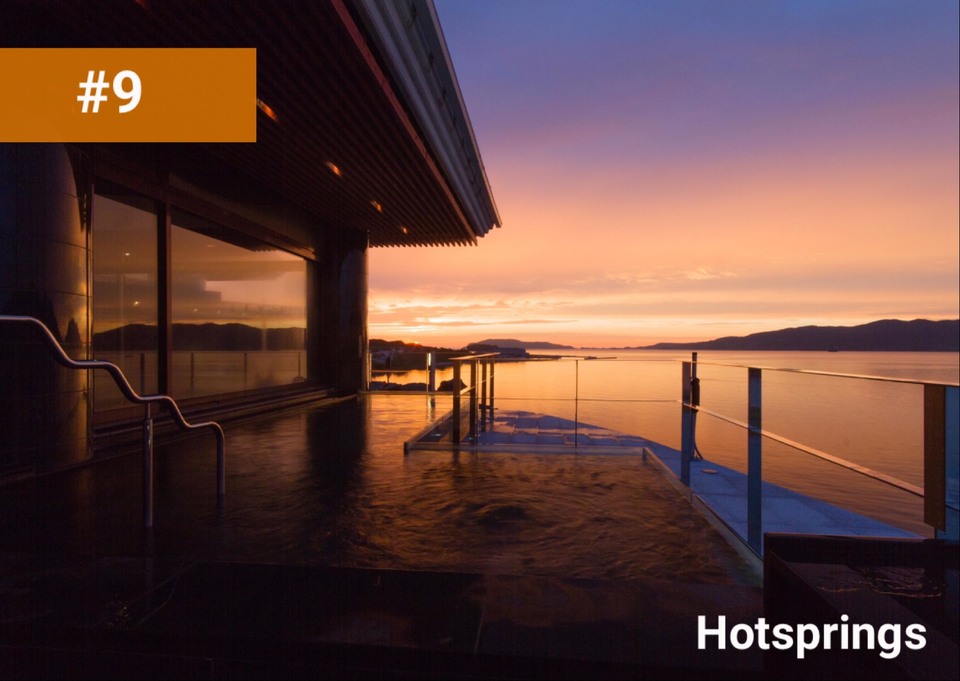
Yamaguchi is the home to an abundant of hot spring resorts located throughout the prefecture, each known for their positive effects on health and beauty. Many have mountain views to for you to relax and enjoy the quiet nature and fully indulge in Japanese culture.
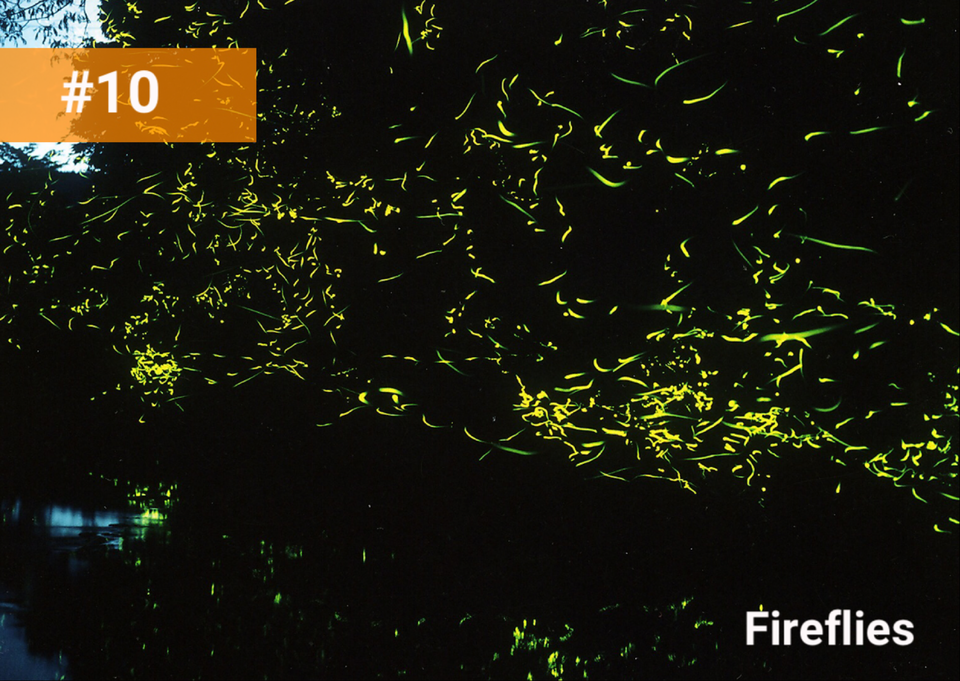
If you visit Yamaguchi in the summer, more specifically from May to June, I highly recommend you see fireflies. Fireflies can only live by rivers where clean water flows. Yamaguchi, also known for its delicious sake has clean water flowing though the prefecture. It is a truly magical scene; one that I only thought existed in animated movies.
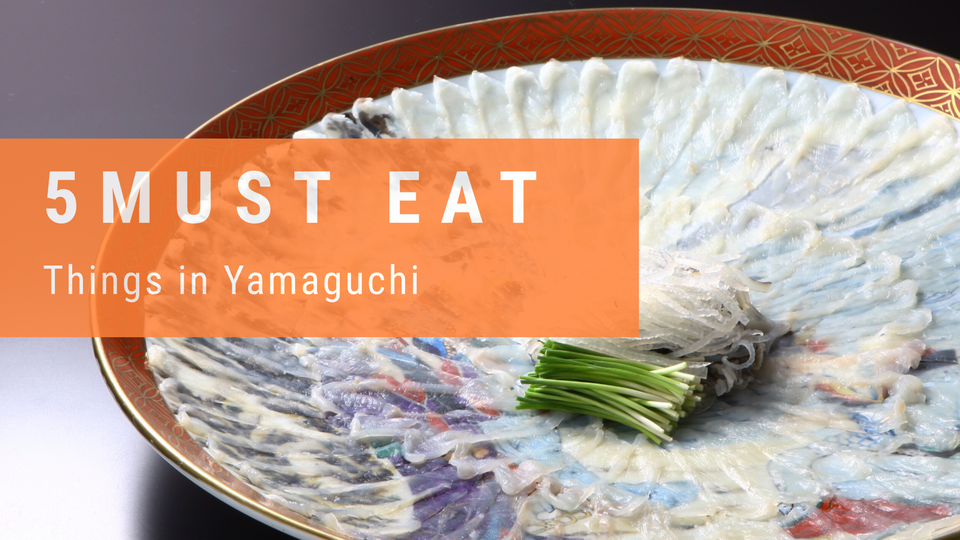
Filled with delicious cuisine, these are the top 5 must eat food items in Yamaguchi.
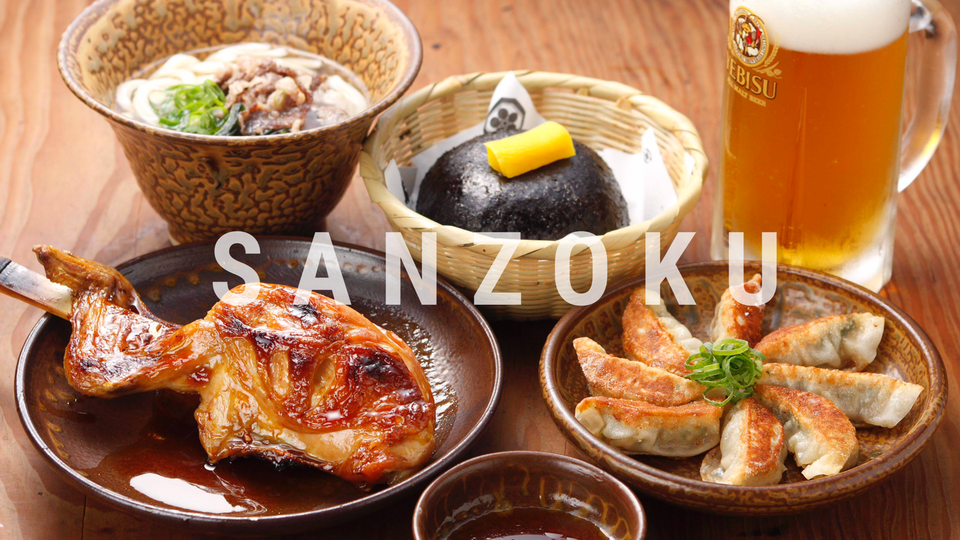
Do you fancy mountain bandit cuisine? If yes, Yamaguchi is the place to be. This unique restaurant offers chicken on a stick, a huge rice ball, among others to embrace your wild side. There is a seating area outside that turns into kotatsu in the winter, literally on a mountain which is a unique experience all together. It is sure to please the young ones of the family as well as those who enjoy the outdoors.
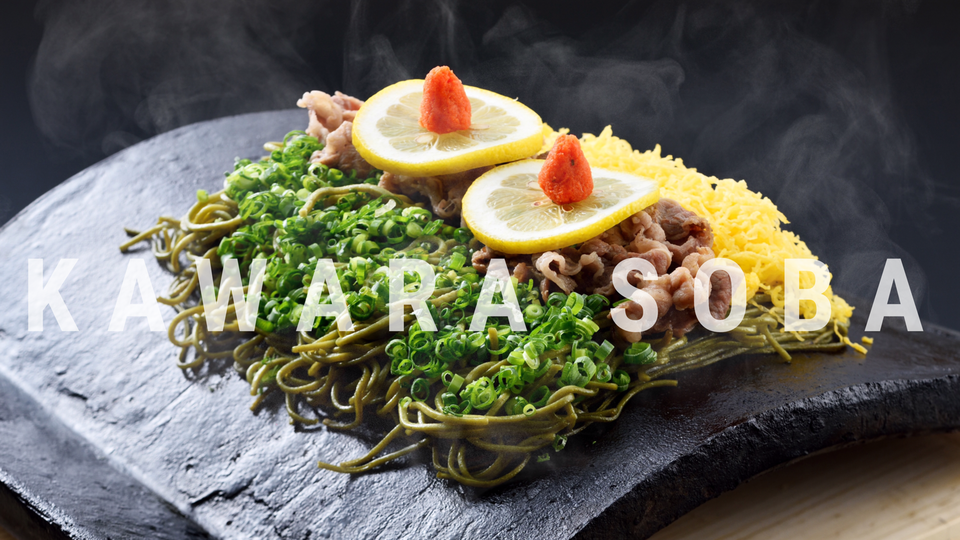
You’ve probably heard of soba noodles, so the question is what is kawara? Kawara is a Japanese roof tile, and this Yamaguchi specialty cooks tea soba noodles on a roof tile that has a history of 150 years. Eggs, radish, lemon, beef, and green onions garnish the soba and it is dipped in a special sauce. Eat it once, and it’ll turn into your favorite soba dish.
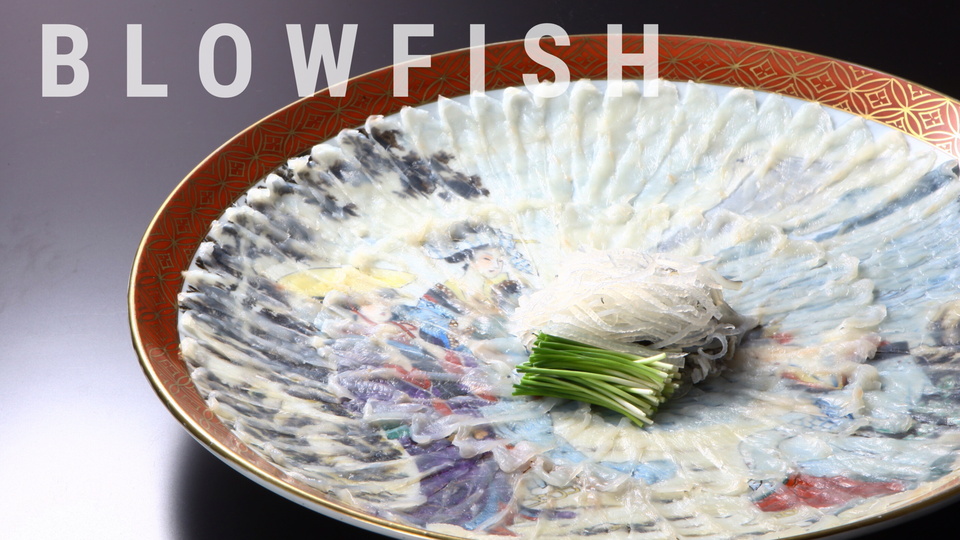
If you ask a Japanese national what food comes to mind when they think of Yamaguchi, the majority of them will answer fugu, or blowfish. This fish known for its toxins is perfectly prepared by chefs that have gone through years of training. The delicate flavor of blowfish and the beauty of it when plated will sure satisfy your eyes and tongue.
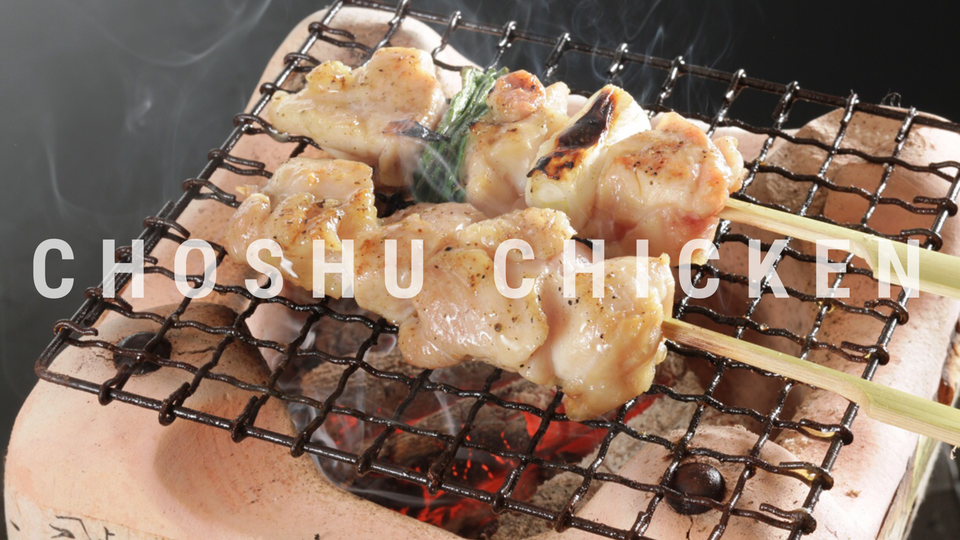
Choshu Kuro-kashiwa Chicken are locally produced poultry that Yamaguchi Prefecture originally developed from Kuro-kashiwa chicken. This chicken features adequaTely chewy though soft and juicy meat, so the longer you chew, the richer the flavor becomes.
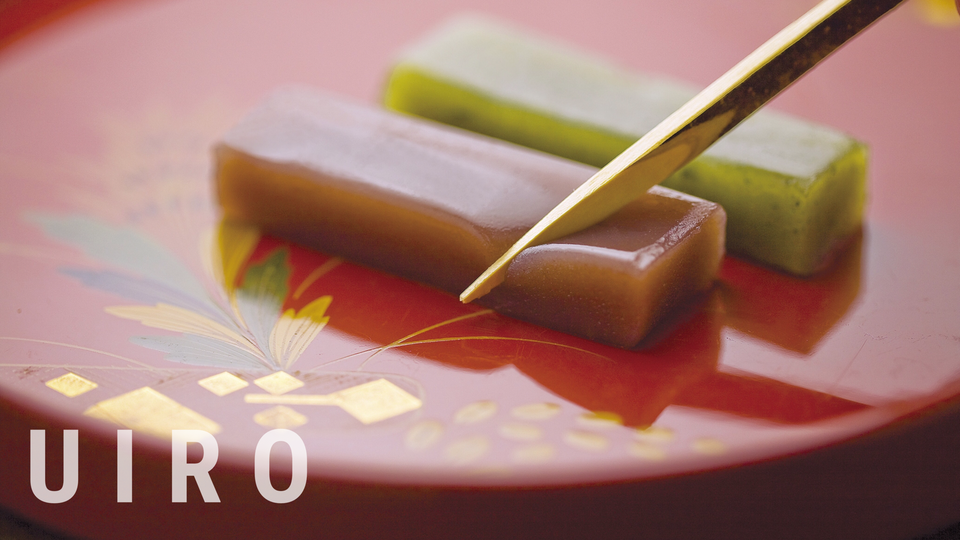
Uiro, a traditional steamed confectionery made from uruchi rice, or non-glutinous rice and sugar, has a subtle sweetness and chewy texture similar to mochi. Yamaguchi’s uiro is made differently from other prefectures as they use warabi powder so it is a perfect souvenir to bring back. There are red bean and matcha flavor among others.








